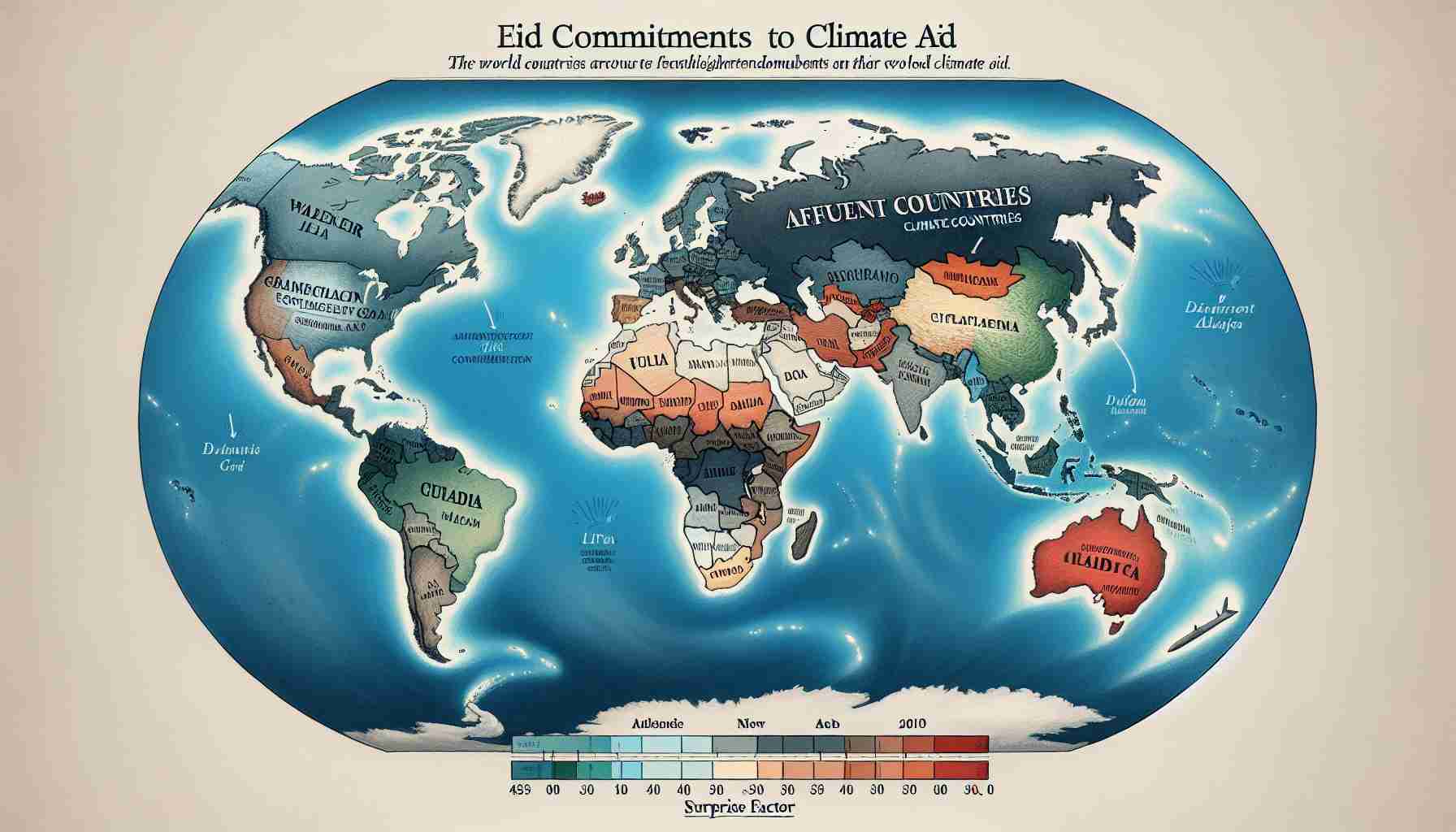
Climate Aid Commitment or Just Hot Air?
In a recent surprising development, wealthy nations pledged to allocate a staggering $300 billion annually to assist poorer countries in tackling climate change. However, this announcement came amid significant geopolitical tensions, with the world zeroing in on the upcoming Trump administration, leaving many to overlook this monumental promise made at the recent climate summit.
For nearly 30 years, international leaders have declared ambitious goals regarding carbon emissions and coal reduction. Despite these grand pledges, the actual outcomes have been minimal, with carbon emissions climbing year after year. In fact, projections for 2024 suggest yet another record peak in emissions, while global coal use continues to rise.
This dichotomy raises critical questions about the sincerity and effectiveness of these commitments. While the rhetoric around climate action fueled by these summits often spark hope, the reality tells a troubling story. With climate change presenting an ever-urgent crisis, many observers are left wondering if these promises will lead to meaningful change, or if they are merely another sequence of unfulfilled aspirations.
As the world watches, it is clear that the time for action is now. The transition from promises to substantial outcomes is crucial for the planet’s future, and the pressure is on these nations to deliver results that truly align with the urgent needs of our time.
Will $300 Billion in Climate Aid Actually Make a Difference?
Climate Aid Commitment or Just Hot Air?
In a bold statement during a recent climate summit, wealthy nations committed to providing an impressive $300 billion annually to help poorer countries tackle climate change. However, this significant pledge has emerged against a backdrop of geopolitical tensions, including scrutiny surrounding the upcoming Trump administration, which has diverted attention from what many consider a critical promise.
Pros and Cons of the Commitment
Pros:
– Financial Support: The commitment could provide essential funding for renewable energy projects, infrastructure improvements, and climate resilience strategies in developing nations.
– Global Leadership: It positions wealthier countries as leaders in global climate efforts, potentially influencing others to increase their contributions.
– Economic Opportunities: Investing in climate solutions may create jobs and promote green technologies in both donor and recipient countries.
Cons:
– Implementation Risks: There are concerns about the efficiency and transparency of how these funds will be allocated and monitored in recipient countries.
– Political Will: Past declarations have often failed due to lack of political will or immediate national interests overshadowing climate commitments.
– Effectiveness: Skepticism remains regarding whether these funds will result in tangible, measurable impacts on reducing carbon emissions and improving climate resilience.
Future Trends and Insights
As the world grapples with rising emissions—which are projected to reach another record high in 2024—there is an urgent need for a shift from talk to action. The effectiveness of the $300 billion pledge will hinge on several factors:
– Collaborative Frameworks: Successful deployment of these funds will require international collaboration that ensures support aligns with local needs and priorities.
– Innovative Solutions: Investments in technology and best practices that drive sustainability could lead to transformative changes in managing climate impacts.
– Public Accountability: Establishing robust mechanisms for accountability and transparency will be essential to reassure citizens that funds are used effectively.
Limitations and Challenges
While well-intentioned, the commitment faces substantial challenges. Historically, wealthy nations’ pledges have resulted in limited tangible results. The looming question is whether this initiative will follow suit or truly catalyze change. Additionally, global economic pressures and political instability can hinder progress.
Call to Action
The urgency surrounding climate change cannot be overstated. The transition from ambitious pledges to meaningful outcomes is crucial, not just for the planet but for future generations. As the 2024 predictions loom large, it is imperative for governments to prioritize and expedite implementation strategies that align with global climate targets.
The world is watching. Will this commitment usher in a new era of accountability and effectiveness in climate aid, or will it remain another case of unfulfilled promises? This is a pivotal moment that could determine the trajectory of climate action moving forward.
For further insights on climate change commitments and international agreements, visit UN Climate Change.



